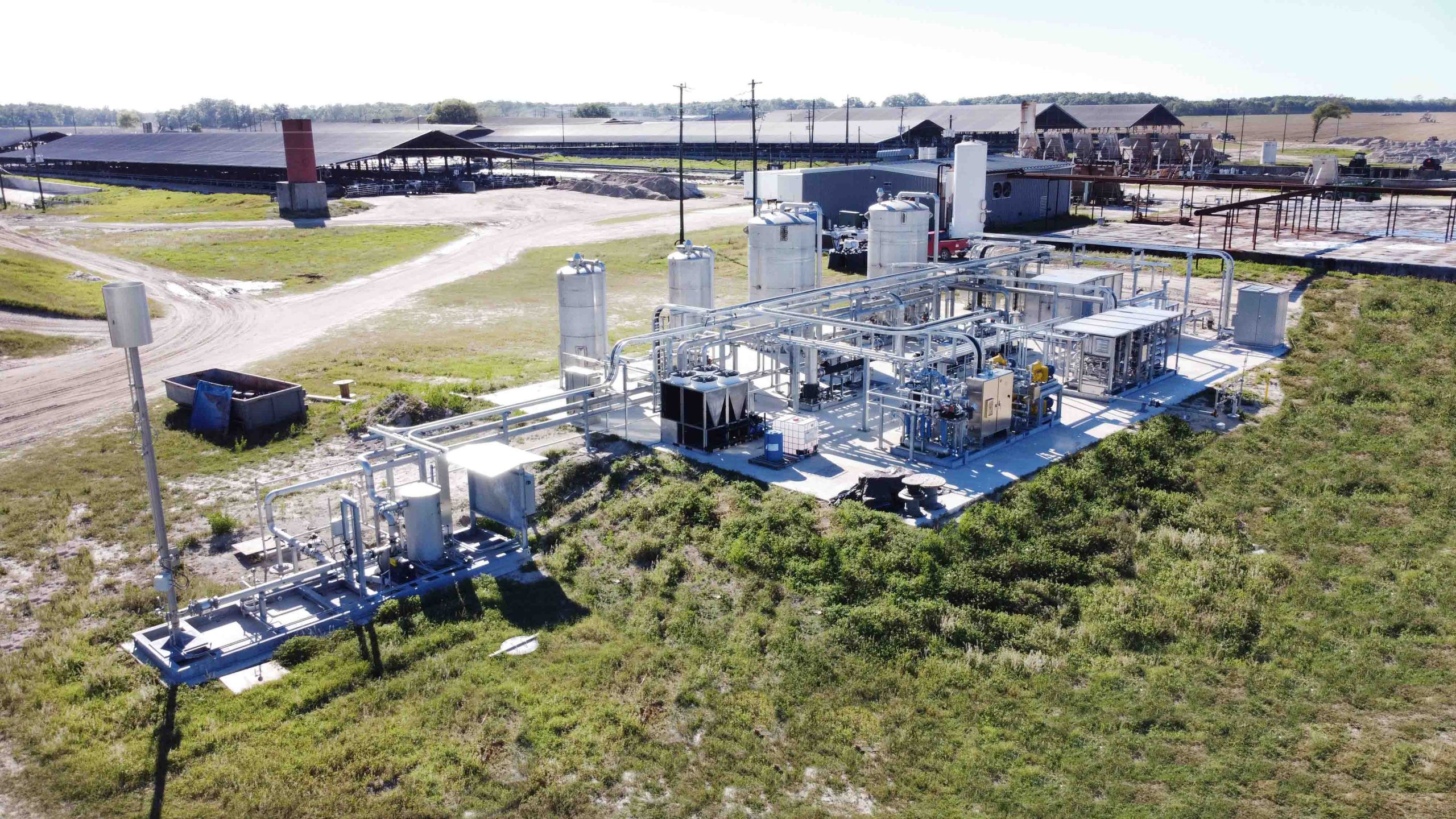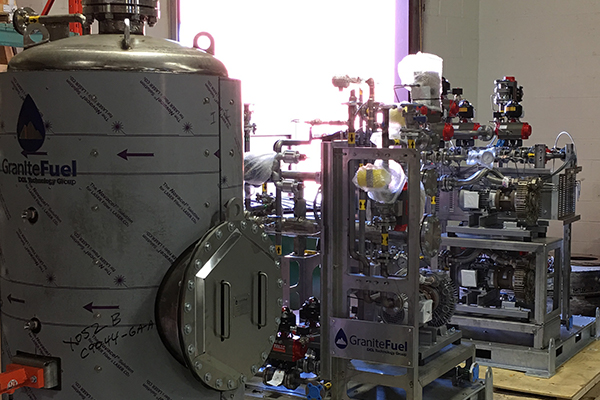The term “carbon-negative” is more than just a buzzword; it’s a revolutionary concept that could redefine our approach to combating climate change. While much of the focus has been on achieving net-zero emissions, the idea of carbon-negative power generation takes it a step further. In this blog post, we’ll explore what carbon-negative power generation means, how it can be achieved, and why it’s crucial for a sustainable future.
What Does Carbon-Negative Mean
In simple terms, it is a process removes more carbon dioxide (CO2) from the atmosphere than is emitted during the entire lifecycle of that process. This goes beyond the net-zero goal, which aims to balance emissions with removals. Carbon-negative means actively reducing the existing levels of atmospheric CO2.
The Role of Renewable Natural Gas (RNG)
One of the most promising avenues for achieving carbon-negative power generation is through the use of Renewable Natural Gas (RNG). RNG is derived from organic waste materials like agricultural waste, landfill gas, and wastewater. When these materials decompose, they release methane, a potent greenhouse gas. By capturing this methane and converting it into RNG, we prevent these emissions from entering the atmosphere.
Carbon Capture and Utilization
The process of capturing methane can be coupled with carbon capture and utilization technologies to achieve a carbon-negative status. For example, the carbon dioxide absorbed by plants during their growth can offset the emissions from RNG combustion, resulting in a carbon-negative process.

Synergistic Technologies for Carbon Negativity
Achieving carbon-negative power generation often requires a synergistic approach, combining multiple technologies. GraniteFuel Engineering, experts in producing biogas upgrading solutions, specialize in purifying methane from biogas digesters. When their advanced gas conditioning technology is coupled with emissions reduction technology from the DCL Technology Group, a leader in emissions controls developing methanization, it’s possible to capture and utilize more greenhouse gases than are emitted, achieving a carbon-negative process.
Policy Support and Incentives
Achieving carbon-negative power generation isn’t just a technological challenge; it’s also a policy challenge. Governments and organizations need to provide the right incentives and frameworks to encourage investment in carbon-negative technologies. This could include tax incentives, grants, and subsidies aimed at making these projects financially viable.
The Economic Aspect
While the initial investment in carbon-negative technologies can be high, the long-term benefits are substantial. Carbon-negative processes can generate tradable carbon credits, providing an additional revenue stream. Moreover, as the impacts of climate change become more severe, the economic value of these technologies is likely to increase, making them not just environmentally responsible choices but also financially sound investments.
The Global Impact
The potential global impact of carbon-negative power generation is immense. If widely adopted, these technologies could significantly accelerate our progress toward mitigating climate change. By actively removing CO2 from the atmosphere, these processes go beyond merely reducing or offsetting emissions; they help to reverse existing environmental damage.

A Sustainability Shift in Power Generation
Carbon-negative power generation represents a paradigm shift in how we think about energy and environmental responsibility. It offers a proactive approach to climate change mitigation, going beyond reduction and offset to actual removal of greenhouse gases from the atmosphere. With the combined expertise of GraniteFuel Engineering in biogas upgrading and DCL Technology Group in emissions controls, we have the technological foundation to make carbon-negative power generation a reality. While challenges remain, both technological and policy-based, the potential benefits are too significant to ignore.
By investing in carbon-negative technologies and creating supportive policy frameworks, we can unlock a powerful tool in the fight against climate change. As we strive for a sustainable future, carbon-negative power generation offers not just a glimmer of hope but a tangible pathway to make that future a reality.



